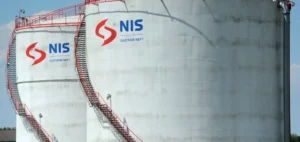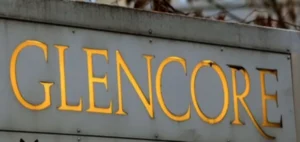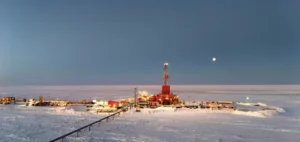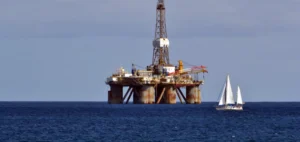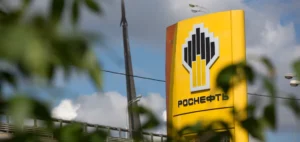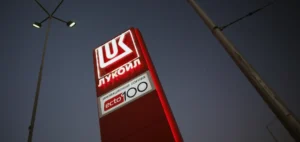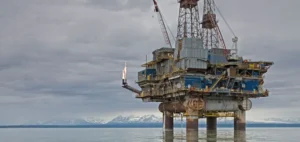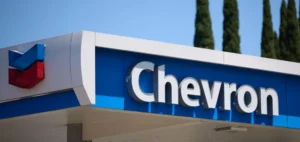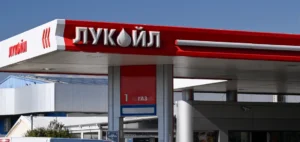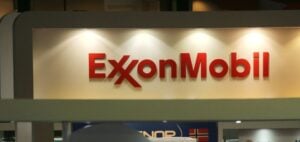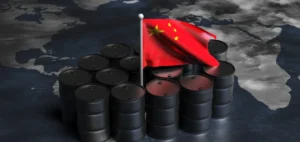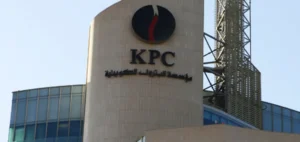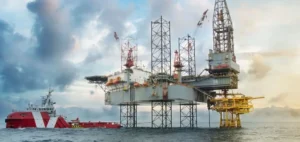The oil market is experiencing renewed contraction, as the prices of Brent crude and West Texas Intermediate (WTI) move in opposite directions. Global supply could intensify as early as June, driven by a production revival strategy led by the Organization of the Petroleum Exporting Countries and its allies (Opec+), alongside encouraging diplomatic signals involving Iran.
A supply increase above forecasts
According to a statement released on Saturday, Saudi Arabia, Russia and six other Opec+ members will add 411,000 barrels per day to their output in June. This increase, matching that of May, significantly exceeds the initial plan of 137,000 barrels. This trend is putting additional pressure on crude prices, which are already sensitive to shifts in global supply.
At 15:25 GMT (17:25 in Paris), Brent crude for July delivery had dropped 0.87%, standing at $61.61. Its US counterpart, WTI for June delivery, rose by 0.73% to $58.66. The divergence between the two benchmarks highlights the current volatility of the market and the diversity of influencing factors.
Potential Iranian return to global markets
Alongside the Opec+ announcement, nuclear talks between Iran and the United States are introducing a new layer of uncertainty. US Vice President JD Vance stated that negotiations were progressing and reaffirmed Washington’s support for civilian nuclear energy use in Iran, while ruling out any military capability. A deal could ease sanctions on Iran’s oil sector, potentially enabling a resumption of its exports.
Iran is among the world’s top ten crude oil producers. Since Donald Trump’s return to the presidency, his administration has reinstated a policy of maximum pressure, reinforcing sanctions against Iran’s oil industry. A partial lifting of these restrictions would introduce additional crude supply into an already saturated market.
Limited expansion potential in the United States
According to Ole Hansen, analyst at Saxo Bank, the breakeven price for WTI is often cited at around $60 per barrel. Below this level, investment in US unconventional production becomes economically unviable. This is currently constraining the restart of domestic extraction, despite repeated calls from President Trump to “drill, baby, drill.”
Arne Lohmann Rasmussen, analyst at Global Risk Management, noted that current prices do not encourage large-scale drilling activity in the United States. This contrast with the Opec+ strategy could reinforce the short-term dominance of Middle Eastern and Russian producers by directly affecting the global balance between supply and demand.



